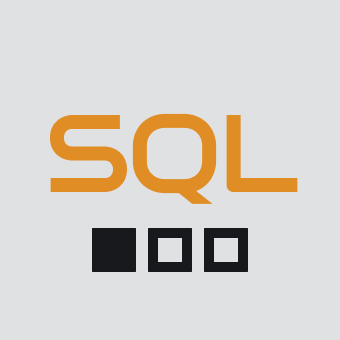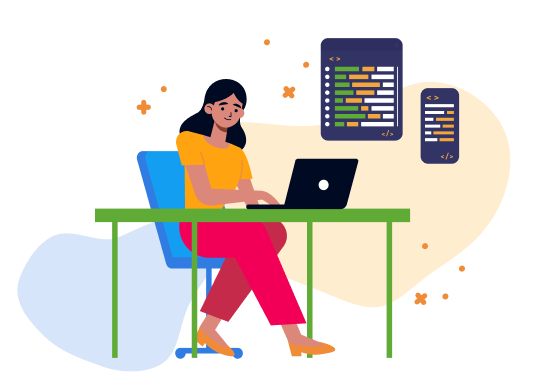
How Marketers Use SQL
By using SQL to analyze your databases and follow a data-driven marketing strategy, you can be much more effective at organizing, analyzing, and applying data to your marketing campaigns.

Data is powerful, but only if you know how to use it. That’s where SQL comes in! In this course, you’ll learn how to use the SQL standardized database language to access and manipulate data stored in databases. Once you know how to use SQL, you’ll be able to join top companies (and even governments!) that use data to make predictions and decisions about everything from what products to develop to how democracy should function. You don’t need any previous coding experience for this course, so dive right in!
Learn SQL to kick start your career!



